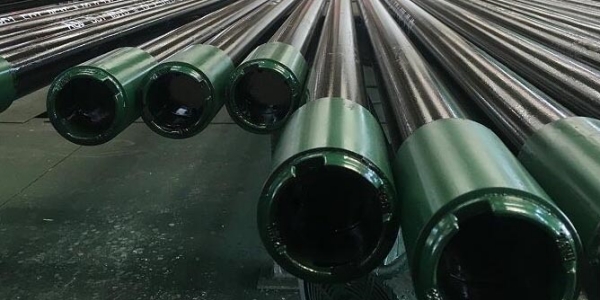In-plant inspection of oil casing involves a thorough examination of the manufacturing process, materials, and the overall quality of the casing within the manufacturing facility. This inspection is crucial to ensure that the oil casing meets the required specifications, standards, and regulatory requirements. This article will talk about some key aspects typically covered in an in-plant inspection for oil casing.

Raw Material Inspection:
Verify that the raw materials used in the manufacturing of the oil casing, particularly the steel coils or plates, meet the specified standards and requirements.
Check material certificates and ensure compliance with relevant material specifications.
Dimensional Inspection:
Measure and verify the dimensional characteristics of the oil casing, including outer diameter, wall thickness, and length.
Ensure that the dimensions meet the specified tolerances and standards.
Welding Inspection:
Examine welding processes, including the type of welding used (e.g., electric resistance welding, seamless welding).
Check for proper weld penetration, weld bead appearance, and adherence to welding procedures.
Visual Inspection:
Conduct a visual inspection of the external and internal surfaces of the oil casing for defects, such as cracks, pits, corrosion, or other irregularities.
Inspect threading for accuracy and uniformity, ensuring compliance with specified standards.
Non-Destructive Testing (NDT):
Perform non-destructive testing methods, such as ultrasonic testing (UT) or magnetic particle testing (MPT), to detect internal and surface defects.
Ensure that NDT procedures are followed and that qualified personnel conduct the testing.
Heat Treatment Verification:
Verify that the heat treatment process, if applicable, has been performed according to the required specifications to achieve the desired mechanical properties.
Marking and Identification:
Confirm that the oil casing is appropriately marked with required information, including grade, size, heat number, and any other relevant identification.
Ensure compliance with applicable industry standards and customer requirements.
Documentation Review:
Review and validate all relevant documentation, including manufacturing records, inspection reports, and certificates of compliance.
Ensure traceability of the oil casing back to the raw materials used.
Quality Control System Assessment:
Evaluate the manufacturer's quality control system to ensure it meets industry standards and regulatory requirements.
Confirm that the manufacturing processes are consistently applied and controlled.
Packaging and Shipping Inspection:
Inspect the packaging to ensure proper protection during transportation and storage.
Verify that the casing is prepared for shipping in accordance with industry standards.
In-plant inspections are typically conducted by qualified inspectors or third-party inspection agencies to provide an independent assessment of the oil casing's quality. The goal is to ensure that the casing meets the required specifications, is free from defects, and is suitable for its intended use in oil and gas wells.

 English
English Español
Español




 Tel : +86-18565811709
Tel : +86-18565811709 Email :
Email : 

 News
News




